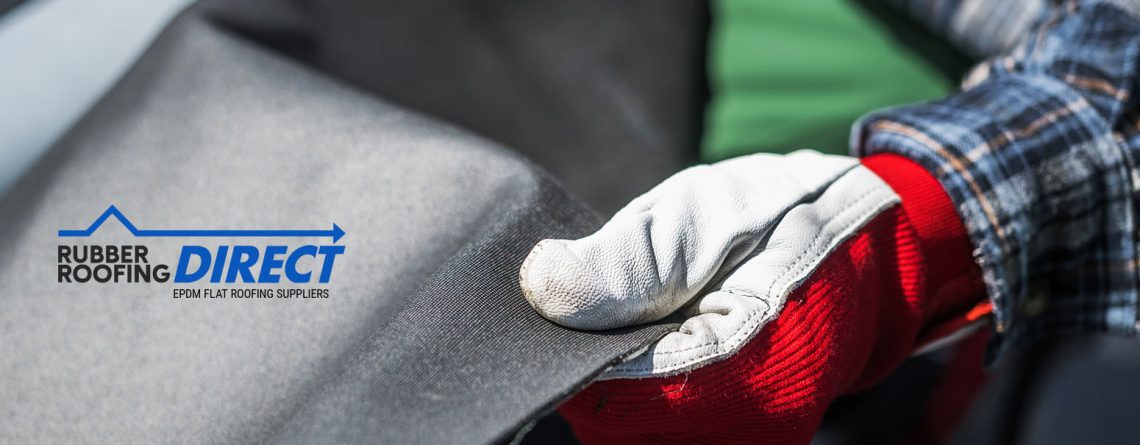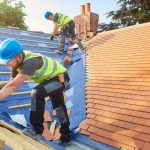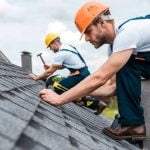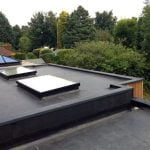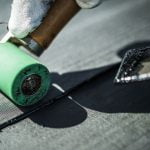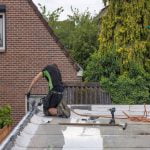A Guide to Choosing the Right Style of Roof
Building a new roof or re-roofing a damaged roof? Considering a new material or tile? Then you’ll need to consider several factors, for example, the home or building style (as well as the style of roofs on your street), the purpose of the building, the application of roofing materials and their longevity, not to mention the cost.
If your property is terraced or semi-detached, you might want to consider matching your roof to the streets, and there might even be local restrictions on what type of roof you can install.
However, if you have a detached house or your own bit of land, you’ll have a bit more freedom to be as creative and modern as your budget allows. So, follow the rules below, and you’ll be able to choose the right roof for any type of property.
1. Low-pitch roofs or flat roofs (less than 14° / less than 4:12)
Low-pitched roofs have a gentle slope and are favoured in modern, minimalist aesthetics. However, this shallow slope requires specific roofing materials that can effectively manage water runoff. The lower the roof pitch, the slower the speed of water runoff, so bear this in mind when choosing a material or tile, as it will need a low level of absorbency.
Suitable materials include:
- Single-Ply Membranes *Our recommendation: EPDM can be installed on roofs with a pitch as low as 1/12 (5 degrees) and is generally not recommended for pitches above 3/12 (14 degrees). It can last up to 50 years, is made from recycled synthetic membranes, and is perfect for withstanding the elements. It is easy to install and affordable. EPDM can be used under green roofs and vegetation as a waterproof membrane. Shop.
- Built-Up Roofing (BUR): Composed of multiple bitumen and reinforced fabric layers. It is good for waterproofing but is more vulnerable to water damage. Wind is slower to install and requires a bit more maintenance.
- Modified Bitumen Roofing: Asphalt-based roofing material that’s durable (around 20 years) and is installed in layers with adhesives. However, the drawback is that the material is prone to ponding, which means water can accumulate on the roof’s surface, causing the roof to deteriorate over time.
- Metal roofs: Most metal roofs, like zinc and copper, have a recommended pitch of five degrees for a standing seam, with an absolute minimum of 3 degrees. Metal roofs are durable, modern, and aesthetically pleasing but are also one of the most expensive options.
2. Medium-pitched roofs and steep-pitch roofs (20° to 45° / 4:12 to 9:12)
Medium-pitched roofs can balance aesthetics and practicality, offering more design versatility and compatibility with various materials.
The options below will also be suitable for pitches greater than 9:12; however, most roofing structures tend not to be steeper than this.
The higher your roof pitch, the higher the cost of building materials, which is why many modern homes have a lower pitch. However, most tiles can be used on pitches of 35°.
Recommended options:
- Slate tiles: One of the UK’s most common roof tiles, slates are durable, versatile and suitable for 17.5° to 20° minimum pitches. The material can withstand harsh weather and lasts up to 200 years.
- Concrete or clay: Concrete and clay tiles have a minimum pitch of 17.5°. However, plain clay roof tiles are heavy and can be used for pitches as low as 35°, whereas clay pantiles, as they’re lighter, can be used on pitches of 25°. Clay and concrete are good tile choices for many UK roofs as they are durable and can withstand the elements.
- Metal roofing: Metal roofing is a dependable material with no maximum roof pitch. Snap-lock metal roofing systems are better recommended for pitches ranging from 3/12 to 7/12.

